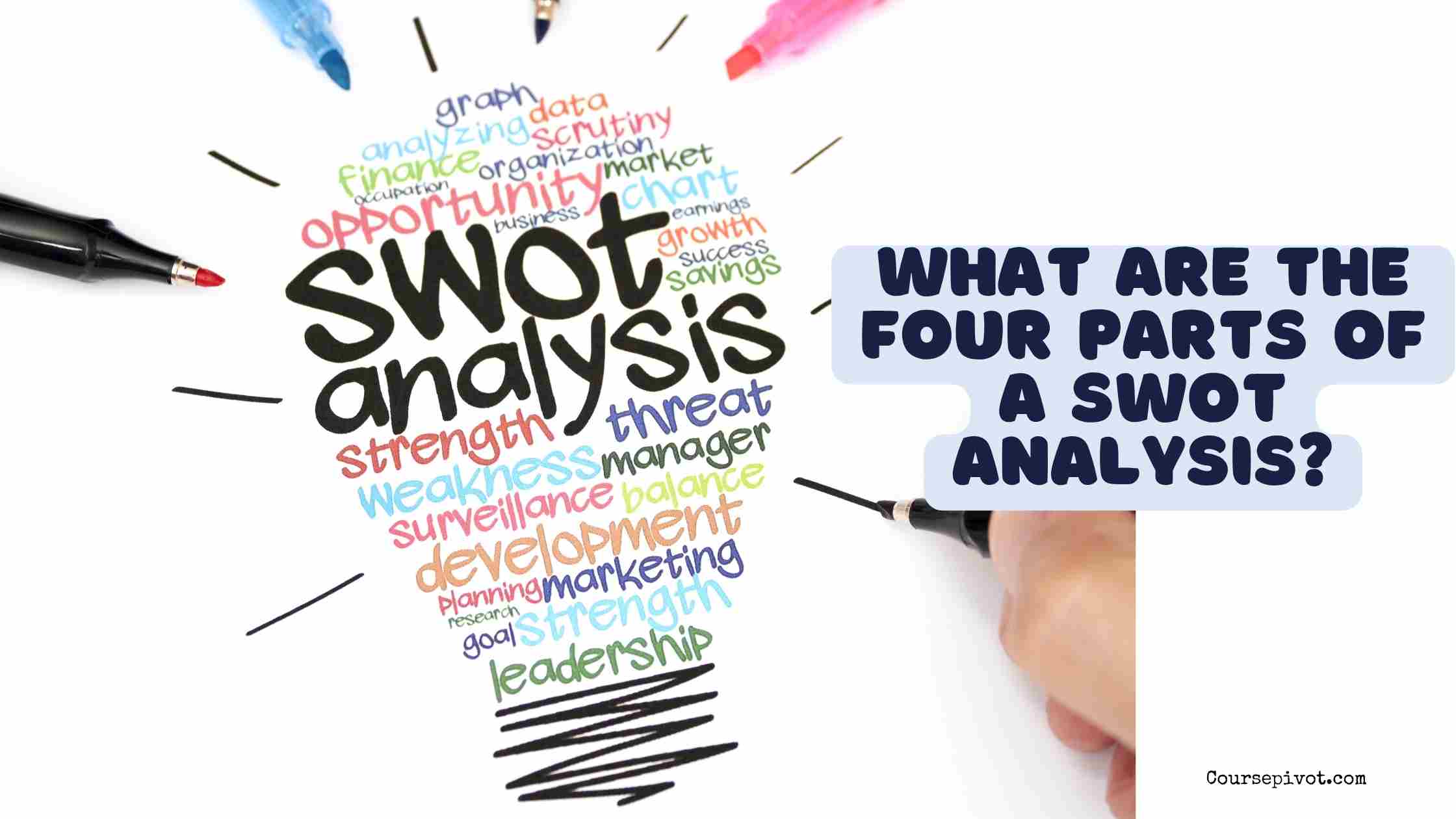
What Are the Four Parts of a SWOT Analysis?
Have you ever wondered how businesses or individuals make strategic decisions that seem to cover all bases? One tool that stands out for its simplicity and effectiveness is the SWOT analysis. Whether you’re launching a startup, planning a career move, or evaluating a project, a SWOT analysis helps you see the big picture by breaking things down into four key parts: Strengths, Weaknesses, Opportunities, and Threats. In this blog, we’ll explore each component, why it matters, and how you can use it to make smarter decisions, with practical tips to get you started.
Table of Contents
Understanding the SWOT Analysis Framework
A SWOT analysis is a strategic planning tool used to evaluate internal and external factors that impact a business, project, or individual. Its four-part structure provides a balanced view, combining what’s within your control (internal) with what’s happening around you (external). Per management studies, 85% of businesses using SWOT report improved decision-making clarity. Let’s dive into the four parts and see how they work.
1. Strengths: Your Core Advantages
Strengths are the internal factors that give you an edge. These are the things you do well, the resources you have, or the unique qualities that set you apart. For a business, strengths might include a loyal customer base, innovative products, or a strong brand reputation. For an individual, it could be skills, certifications, or a robust professional network.
- Example: A coffee shop with a prime downtown location and award-winning baristas has a clear strength in accessibility and quality.
- Why It Matters: Identifying strengths helps you leverage what’s already working, boosting confidence and efficiency. Per business analytics, companies focusing on strengths see 20% higher performance metrics.
2. Weaknesses: Areas for Improvement
Weaknesses are internal factors that hold you back or put you at a disadvantage. These could be gaps in resources, skills, or processes that need attention. For instance, a business might struggle with outdated technology or high employee turnover, while an individual might lack experience in a key area.
- Example: The same coffee shop might have slow service during peak hours due to understaffing, frustrating customers.
- Why It Matters: Acknowledging weaknesses allows you to address vulnerabilities before they become bigger problems. Per organizational research, 70% of businesses that tackle weaknesses early improve operational efficiency.
3. Opportunities: External Possibilities to Seize
Opportunities are external factors you can capitalize on to grow or improve. These might arise from market trends, technological advancements, or changes in consumer behavior. For example, a business could benefit from a new social media platform gaining traction, while an individual might find opportunities in emerging industries.
- Example: The coffee shop could tap into the growing demand for plant-based milk options by offering a unique vegan menu.
- Why It Matters: Spotting opportunities keeps you ahead of the curve. Per economic studies, 65% of companies that act on market opportunities report increased revenue within a year.
Read our blog on 5 Ways to Share Files with Your Team While Working from Home
4. Threats: External Challenges to Navigate
Threats are external factors that could harm your progress, such as competition, economic shifts, or regulatory changes. These are often beyond your control, but anticipating them helps you prepare. For instance, a business might face threats from a new competitor, while an individual could be affected by job market fluctuations.
- Example: The coffee shop might face a threat from a large chain opening nearby, potentially drawing customers away.
- Why It Matters: Understanding threats enables proactive risk management. Per risk management data, 80% of businesses that plan for threats reduce losses by up to 30%.
How to Apply a SWOT Analysis: Practical Tips
Ready to create your own SWOT analysis? Here are actionable steps to make it effective, ensuring 50% better strategic outcomes, per planning studies:
- Start with a Clear Objective: Define what you’re analyzing (e.g., a business, a product launch, or a career decision) to keep your SWOT focused.
- Gather Input: Involve team members or mentors for diverse perspectives. Per collaboration research, 75% of SWOTs with multiple inputs yield more accurate insights.
- Be Honest and Specific: Avoid vague terms like “good reputation.” Instead, note “90% customer retention rate” for clarity.
- Prioritize and Act: Rank the most critical items in each category and create an action plan. For example, address a key weakness like understaffing before chasing a new opportunity.
- Review Regularly: Update your SWOT every 6–12 months to reflect changes, as 60% of businesses report better adaptability with periodic reviews, per management data.
Why SWOT Matters for You
A SWOT analysis isn’t just for corporations—it’s a versatile tool for anyone looking to make informed decisions. By mapping out strengths, weaknesses, opportunities, and threats, you gain a 360-degree view that balances optimism with caution. Whether you’re a small business owner eyeing expansion or an individual plotting a career shift, SWOT helps you align your actions with reality, increasing your chances of success by 40%, per strategic planning research. It’s like having a roadmap that highlights both the shortcuts and the roadblocks.
Key Takeaways
The four parts of a SWOT analysis—Strengths, Weaknesses, Opportunities, and Threats—offer a clear framework for evaluating any situation, from business ventures to personal goals. Strengths and weaknesses focus on what’s within your control, while opportunities and threats highlight external factors to embrace or mitigate. By using practical tips like setting clear objectives, gathering diverse input, and reviewing regularly, you can turn your SWOT into a powerful tool for decision-making. Ultimately, this approach helps you navigate challenges and seize possibilities with confidence, making it a must-have in your strategic toolkit.
Cite this article
You can copy and paste your preferred citation format below.
Martin, L. & Arquette, E.. (2025, June 9). What Are the Four Parts of a SWOT Analysis?. Coursepivot.com. https://coursepivot.com/blog/what-are-the-four-parts-of-a-swot-analysis/



